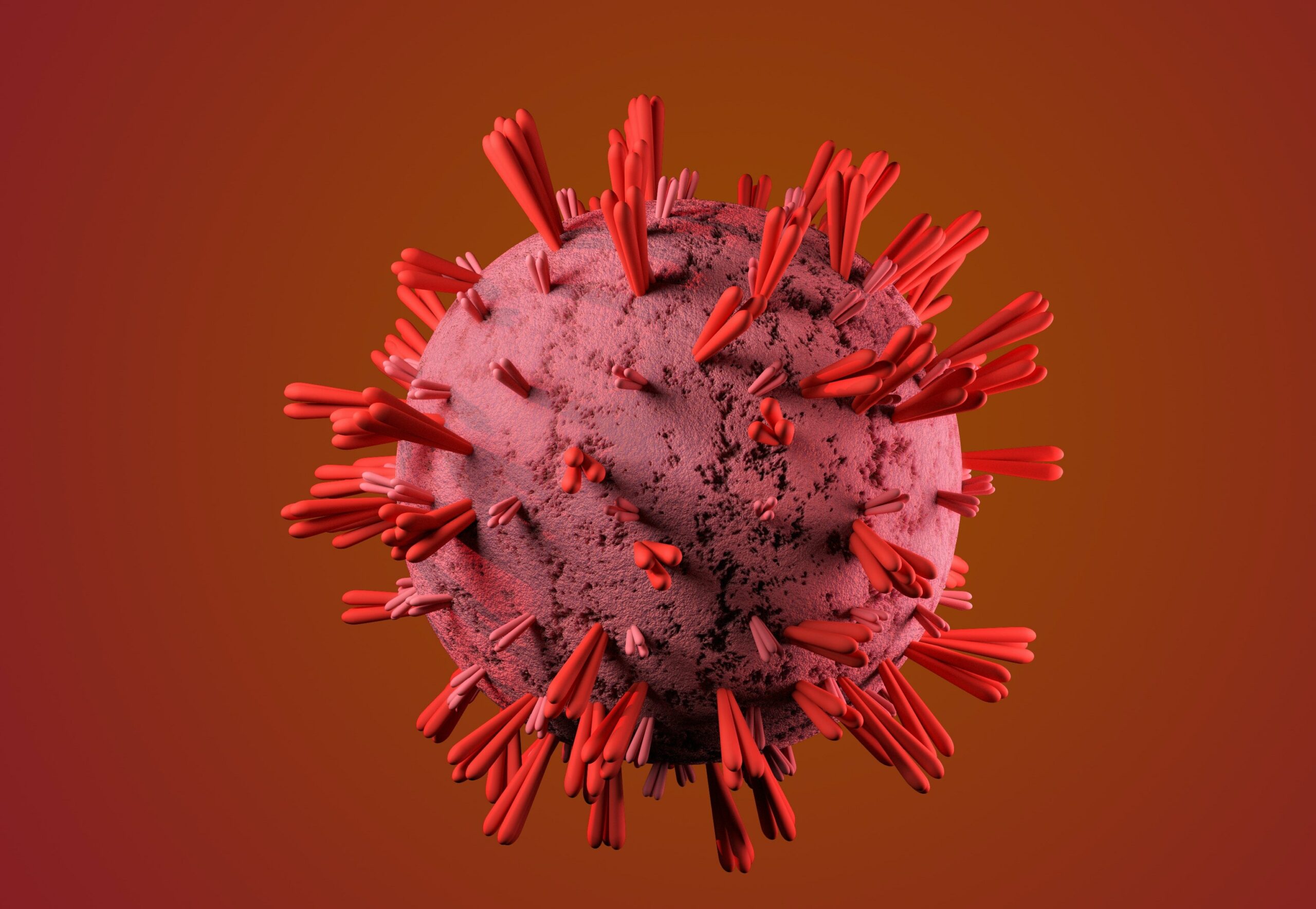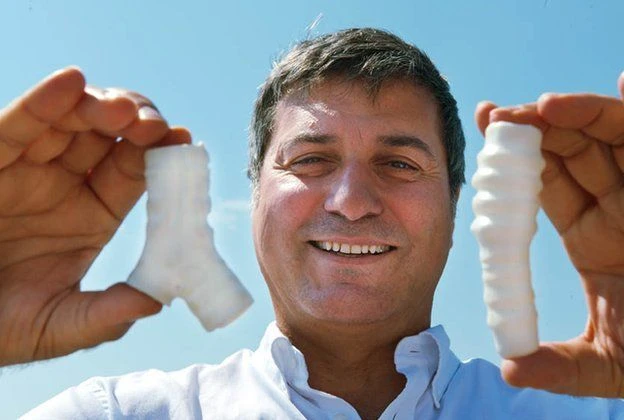
RNA splicing is the process of removing introns from RNA molecules. It is a type of RNA processing in which a ribonucleotide sequence is removed from an RNA molecule, leaving only the coding exons. This can be done either before or after transcription (but usually during). Splicing is essential for the proper function of many genes.
Types of RNA splicing
There are two main types of RNA splicing: self-splicing and trans-splicing.
Self-splicing
Self-splicing occurs in some RNAs, such as ribosomal RNA (rRNA) and transfer RNA (tRNA), without the need for proteins. Trans-splicing involves two or more RNAs and requires proteins known as enzymes to catalyze the process.
Self-splicing is done by a special kind of RNA called a ribozyme. A ribozyme is an RNA molecule that can catalyze chemical reactions in the cell, similar to enzymes. Most self-splicing occurs in the nucleus, though some kinds can occur in mitochondria or chloroplasts. In all cases, self-splicing requires only the presence of magnesium ions (Mg2+) and correct nucleotide sequence – no proteins are needed.
There are four main types of self-splicing: group I introns, group II introns, snRNPs intron removal, and spliceosome intron removal. Group I and group II introns are found in bacteria and archaea; they are much rarer in eukaryotes (though a few exceptions do exist). Group I introns are removed by a process called spliceosomal intron removal; snRNPs (small nuclear ribonucleoproteins) and proteins are required for this to happen.
Group II introns are very similar to group I introns, but they lack the ability to self-splice. Instead, they must be removed by enzymes known as maturases. Maturases are proteins that bind to group II introns and help catalyze their splicing.
Spliceosomal intron removal is the most common form of RNA splicing in eukaryotes. It occurs in the nucleus and requires the participation of several different kinds of RNAs and proteins, collectively known as the spliceosome. The first step in spliceosomal intron removal is the binding of U1 snRNA (a small nuclear RNA) to the 5’ end of the pre-mRNA (the RNA molecule that will be processed into mRNA). Next, another snRNA called U2 binds at a site called the branch point; this helps position U6 snRNA correctly for subsequent steps in the process.
Once U1 and U2 snRNAs are in position, the spliceosome catalyzes a series of reactions that lead to the removal of the intron. First, the 2’-OH group at the end of U6 snRNA attacks the phosphate bond between the nucleotides G and A at the branch point. This cleaves the bond and releases U2 snRNA from the pre-mRNA. The now free 3’ end of U6 snRNA then attacks another bond, this time between nucleotides C and U at the 5’ end of the intron (the so-called GUAC).
This second cleavage removes the intron from pre-mRNA and leaves a gap that must be filled in by RNA ligase. RNA ligase is an enzyme that covalently bonds two pieces of RNA together; it fills in the gap left by splicing and seals up any loose ends. The final product is mRNA with all its introns removed; this can now be translated into protein by ribosomes.
Trans-splicing
Trans-splicing involves two or more RNAs coming together to form one functional RNA molecule. This can happen either before or after transcription, but usually during processing (i.e., maturation) of the RNA. For example, mRNA transcribed from different genes can be spliced together to form a chimeric mRNA molecule; this is one way that new genes can arise.
Where does RNA splicing occur?
Trans-splicing also occurs during the processing of some RNAs, such as ribosomal RNA (rRNA) and transfer RNA (tRNA). In these cases, different parts of the same RNA molecule are spliced together to form the mature RNA. Trans-splicing generally requires enzymes known as ligases to catalyze the process.
Eukaryotes
The most common type of trans-splicing in eukaryotes is mediated by an enzyme complex called SRP RNase (SRP = signal recognition particle).
SRP RNase cleaves tRNA at specific sites and then ligation joins the two ends of tRNA together. This creates a circular loop of tRNA that is recognized by SRPs. The SRPs then bind to ribosomes and help direct protein synthesis.
Another common type of trans-splicing in eukaryotes is mediated by the U6 small nuclear RNA (snRNA). U6 snRNA is part of the spliceosome, which is responsible for removing introns from pre-mRNAs. However, U6 snRNA can also mediate trans-splicing by cleaving tRNAs at specific sites and then joining the two ends together. This process creates a chimeric tRNA molecule that has one end derived from one parental tRNA molecule and the other end derived from another parental tRNA molecule.
Trans-splicing can also occur between RNAs that are not related to each other. For example, mRNA transcribed from one gene can be joined to mRNA transcribed from another gene. Rhis can create a chimeric mRNA molecule that encodes for a hybrid protein. Trans-splicing between unrelated RNAs generally requires enzymes known as polymerases to catalyze the process.
Why is it importance?
RNA splicing is a vital process that occurs in all cells. It allows for the removal of introns from RNA molecules, which is essential for the proper function of many genes. There are two main types of RNA splicing: self-splicing and trans-splicing. Self-splicing occurs in some RNAs without the need for proteins, while trans-splicing requires enzymes known as ligases to catalyze the process.







